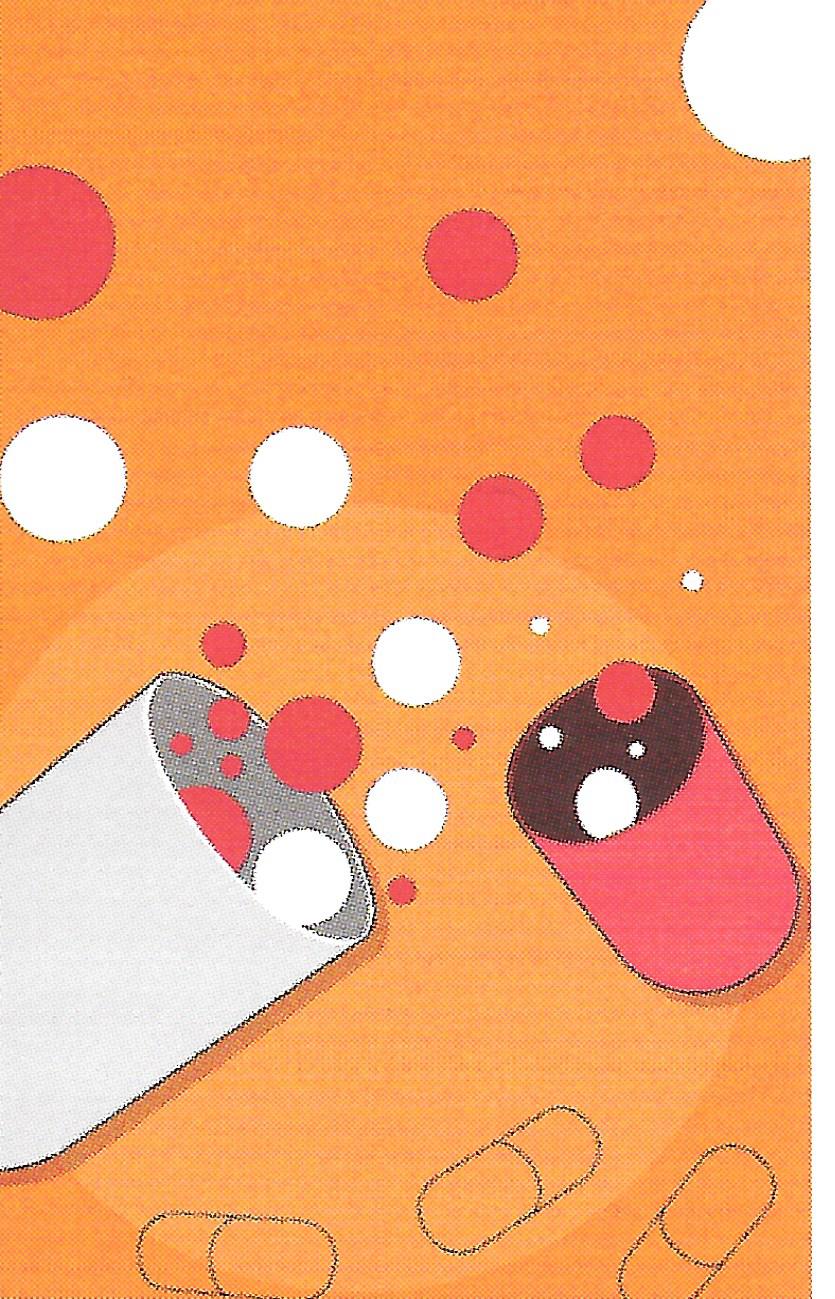Antibiotic Resistance
The huge importance of antibiotics within healthcare globally cannot be overstated. A US study in 1999 calculated that the introduction of antibiotics in 1936 caused deaths in the US to fall by 220 per 100,000 people within 15 years. All other medical technologies combined over the next 45 years reduced deaths by only 20 per 100,000 people. The euphoria over the healthcare benefits of antibiotics was encapsulated in 1963, when the US surgeon general announced that “infectious disease is conquered”.
So why has this optimism given way to the apocalyptic scenarios that are now commonly expressed? Dame Sally Davies, the Chief Medical Officer (England) said in 2013 that "Antimicrobial resistance poses a catastrophic threat. If we don’t act now, any one of us could go into hospital in 20 years for minor surgery and die because of an ordinary infection that can’t be treated by antibiotics." About 25,000 patients a year die in the European Union from an infection caused by a bacterium that is resistant to more than one antibiotic – and on current trends this is predicted to grow to 390,000 a year by 2050.
Antibiotic Use Selects for Resistance
 The use of antibiotics exerts a Darwinian selection pressure for acquisition of resistance by the target bacteria, and resistance arising anywhere in the microbial world can ultimately be transferred to disease-causing bacteria. In addition, the antibiotic discovery process is now in terminal decline. The golden age of antibiotics took place in the 1930s to 1970s, with at least 11 new classes discovered; since then there have been only two new classes of antibiotics.
The use of antibiotics exerts a Darwinian selection pressure for acquisition of resistance by the target bacteria, and resistance arising anywhere in the microbial world can ultimately be transferred to disease-causing bacteria. In addition, the antibiotic discovery process is now in terminal decline. The golden age of antibiotics took place in the 1930s to 1970s, with at least 11 new classes discovered; since then there have been only two new classes of antibiotics.
Many antibiotics today are “broad spectrum” – they kill a broad range of bacterial species. The unfortunate side effect is that, along with the disease-causing bacteria, many other bacteria in the patient’s intestines are also killed, many of which have beneficial effects on the host. This is not a sensible strategy and also puts the treated patient at risk of acquiring a serious infection such as C. difficile.
The Economics of Antibiotics
Correctly prescribed antibiotic therapy is of obvious value to the health of the patient but this comes at a cost to society, due to the antibiotic resistance that potentially puts everyone else at higher risk. Because of this antibiotics are a critically needed, shared societal resource whose true value is not, at present, reflected in their price, especially compared with, say, anti-cancer drugs.
There is thus a need to improve the economic incentives for the development of antibiotics. The Infectious Disease Society of America has proposed a fee levied against the wholesale price of all antibiotics that would help to fund development. This is the equivalent of a toll charge to pay for public roads. The 2015 Review on Antimicrobial Resistance called for an innovation fund of $2bn over five years, funded by the pharmaceutical industry. The fund would guarantee a return on private companies’ investment if they produced an antibiotic that filled an unmet need. This proposal is aimed to achieve the development of 15 new antibiotics in a decade, however the Review appears to assume that antibiotic resistance is largely an economic problem, and in my opinion therefore significantly underestimates the scientific difficulty of developing new antibiotics.
Developing Novel Antibiotics Consultancy
The Developing Novel Antibiotics Consultancy was started in November 2015 by Professor Richard James to provide advice to antibiotic developers and potential investors concerning alternatives to traditional antibiotic discovery, in particular by harnessing the potential of bacteriocins, protein antibiotics produced by bacteria that kill closely related species. By making use of a relationship with a long established consultancy businesses I can also offer expertise in traditional small molecule antibiotics.
A profile of Professor James was published in the Guardian in 2007 (link) and an article by Professor James on the scale of the problem of antibiotic resistance was published in The Guardian in November 2015 (link). Since 2006 he has been interviewed in over 300 TV, radio and newspaper articles concerning antibiotic resistance. An important aim of this publicity was to educate the public and the media over the scale of the problem.